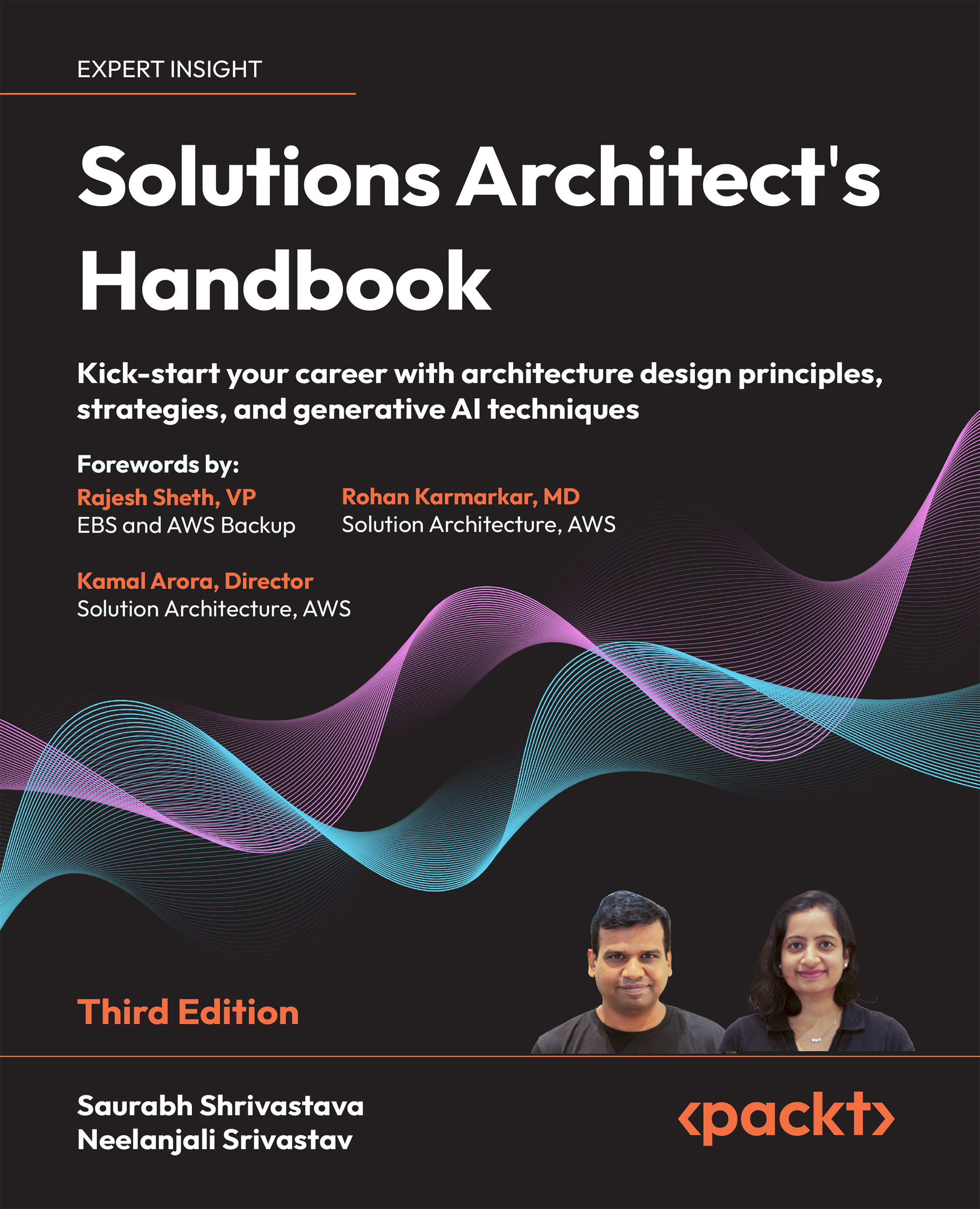Building scalable architecture design
Scalability has always been a primary factor while designing a solution. If you ask any enterprise about their solutions, scalability will be one of the key considerations. Scalability refers to allowing your system to handle growing workloads, which can apply to multiple layers, such as the application server, web app, and database. Scalability helps you fulfill user demand without impacting application performance, resulting in higher business returns.
As most applications nowadays are web-based, let’s also talk about elasticity. This is about growing your system by adding more capabilities and shrinking it to save on unnecessary costs. With the adoption of the public cloud, it has become easy to quickly grow and shrink your workload, with elasticity now replacing scalability.
Traditionally, there are two modes of scaling:
- Horizontal scaling: Horizontal scaling is becoming increasingly popular as computing power has...

































































